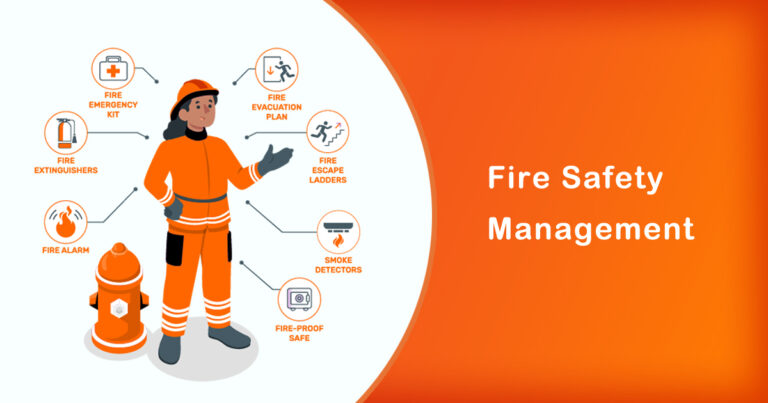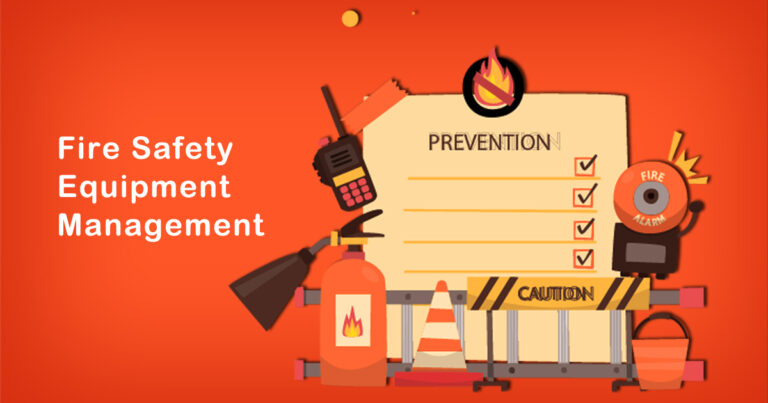Introduction
Airports are one of the busiest places on the planet, with millions of people passing through them every day. The sheer number of people and the constantly changing environment can create potential hazards that could lead to accidents or injuries. One of the most critical aspects of airport safety is emergency lighting. Emergency lighting is an essential component of an airport’s safety system, and it is crucial to ensure that it functions correctly at all times. In this blog post, we will explore the importance of emergency lighting in airports, its regulatory framework, and the challenges faced in India.
Importance of Emergency Lighting:
Emergency lighting is designed to provide illumination in case of power outages or other emergencies. It helps guide people to safety by providing a clear path to exits, emergency equipment, and other essential areas. It is also essential to maintain visibility during low-light conditions or smoke-filled environments.
In airports, emergency lighting plays a crucial role in guiding passengers to safety during emergencies such as fire, power outages, or natural disasters. In the case of power outages or blackouts, emergency lighting ensures that critical areas such as runways, taxiways, and other essential equipment remain visible to pilots and air traffic controllers.
Regulatory Framework:
The regulatory framework for emergency lighting in airports is governed by various international and national standards. In India, the Bureau of Indian Standards (BIS) is responsible for regulating emergency lighting systems. The BIS has set various standards for emergency lighting systems that need to be followed by manufacturers, suppliers, and installers.
The Indian Aviation Authority, Directorate General of Civil Aviation (DGCA), also mandates that all airports in India should have a comprehensive emergency response plan that includes emergency lighting. As part of the emergency response plan, airports are required to conduct regular drills to test the efficacy of their emergency lighting systems.
Challenges in India:
Despite the regulatory framework, India faces several challenges in implementing and maintaining emergency lighting systems in airports. One of the primary challenges is the lack of awareness and training among airport staff and passengers. Many people are unaware of the importance of emergency lighting and how it functions during emergencies.
Another significant challenge is the lack of regular maintenance of emergency lighting systems. Emergency lighting systems require regular checks and maintenance to ensure that they function correctly during emergencies. However, due to the lack of trained personnel and resources, many airports in India struggle to maintain their emergency lighting systems.
Lastly, power outages are a common occurrence in India, and they can render emergency lighting systems useless. In many cases, power outages can last for several hours, which can lead to potential hazards.
Conclusion:
In conclusion, emergency lighting is a crucial component of airport safety. It plays a vital role in guiding passengers to safety during emergencies and ensuring that critical equipment remains visible to pilots and air traffic controllers. The regulatory framework for emergency lighting systems in India is comprehensive, but there are several challenges in implementing and maintaining these systems in airports. The lack of awareness and training, the absence of regular maintenance, and power outages are some of the significant challenges faced in India. Addressing these challenges is critical to ensuring that emergency lighting systems in airports function correctly and contribute to ensuring passenger safety.








